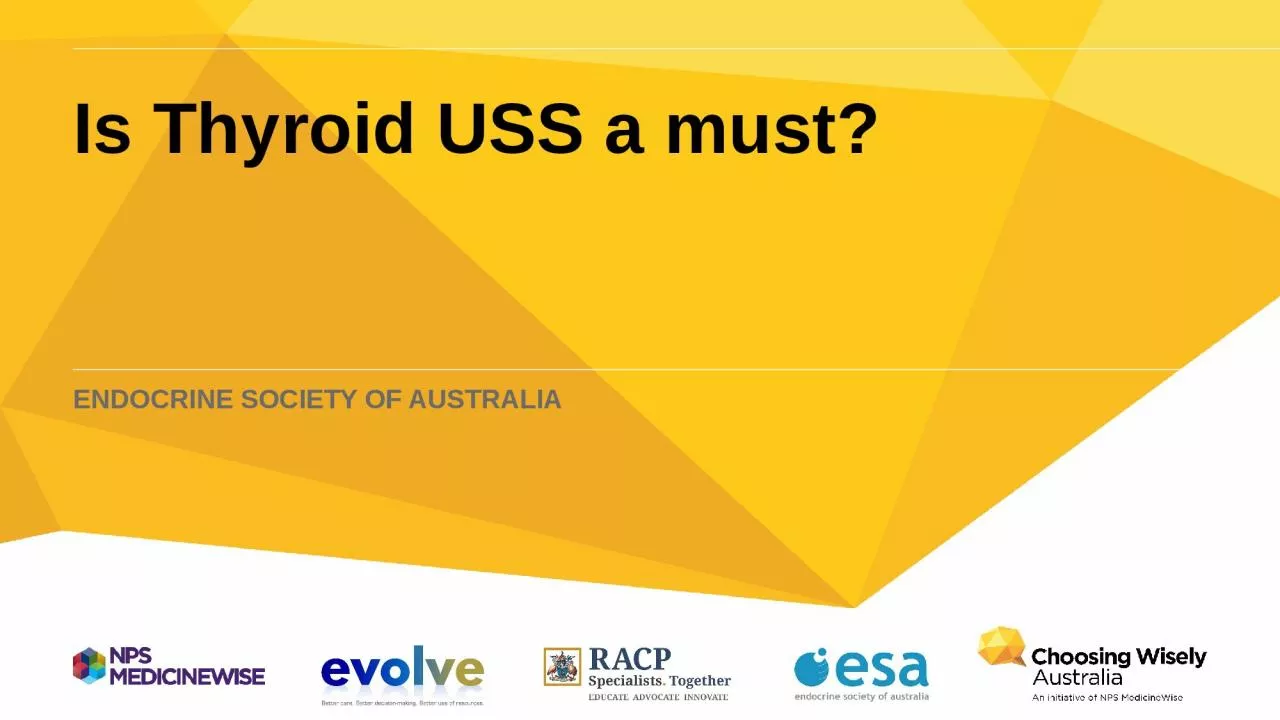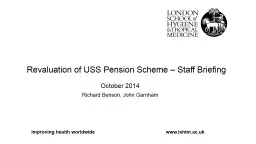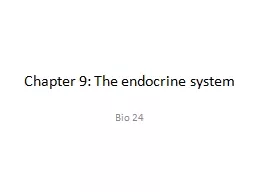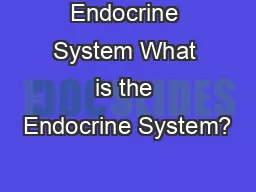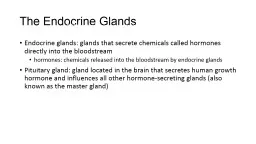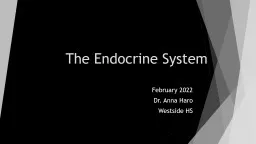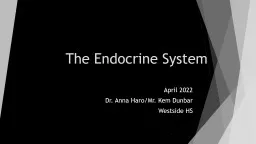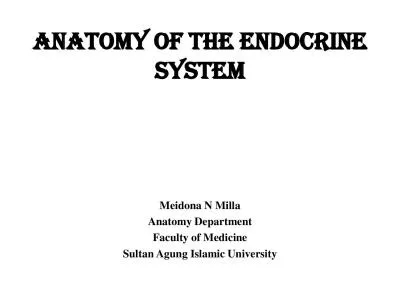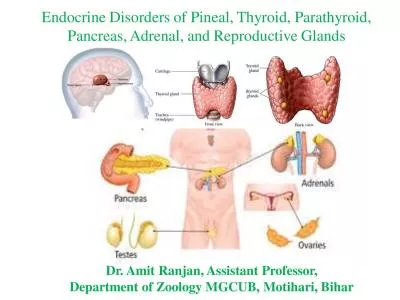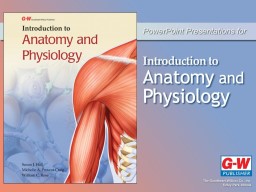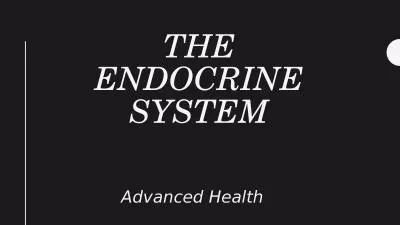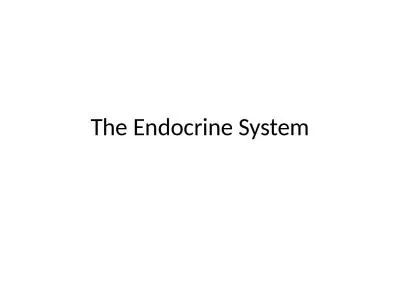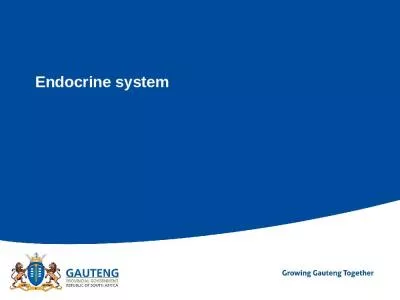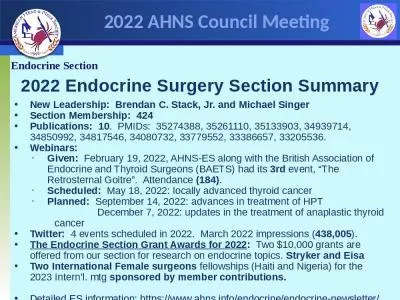PPT-Is Thyroid USS a must? Endocrine Society of Australia
Author : emily | Published Date : 2024-02-09
Fatima Patient medical history PMHx 34year old female Previously fit and healthy Symptoms Palpitations Sweating 10 kg weight loss in the last 2 months Irregular
Presentation Embed Code
Download Presentation
Download Presentation The PPT/PDF document "Is Thyroid USS a must? Endocrine Society..." is the property of its rightful owner. Permission is granted to download and print the materials on this website for personal, non-commercial use only, and to display it on your personal computer provided you do not modify the materials and that you retain all copyright notices contained in the materials. By downloading content from our website, you accept the terms of this agreement.
Is Thyroid USS a must? Endocrine Society of Australia: Transcript
Download Rules Of Document
"Is Thyroid USS a must? Endocrine Society of Australia"The content belongs to its owner. You may download and print it for personal use, without modification, and keep all copyright notices. By downloading, you agree to these terms.
Related Documents

